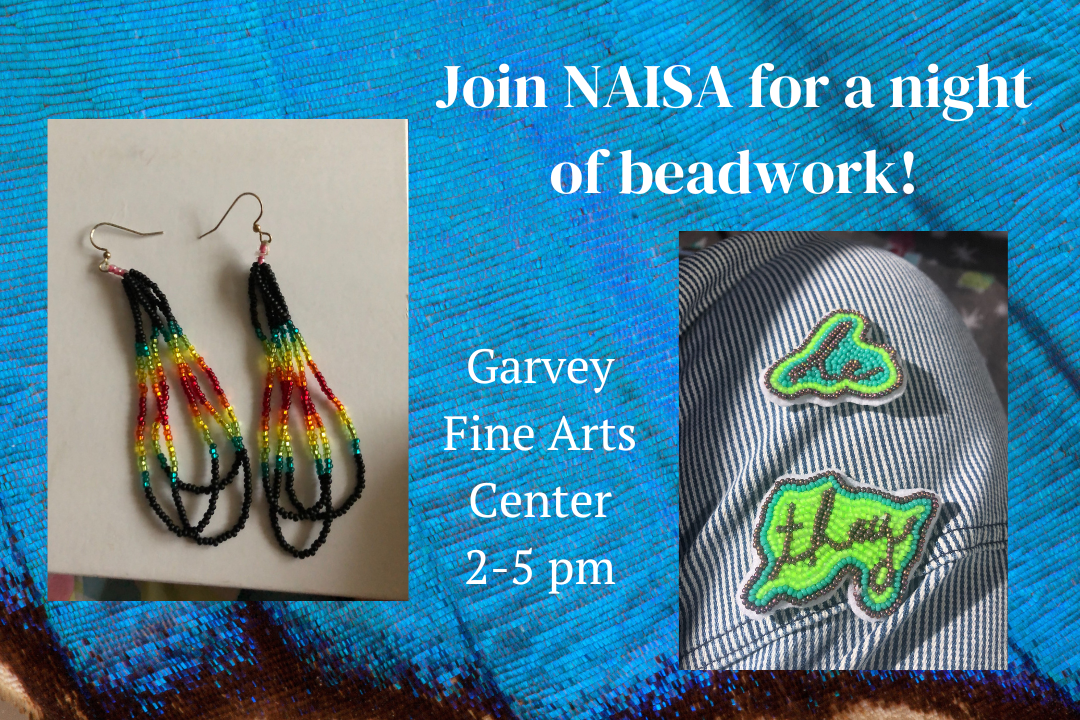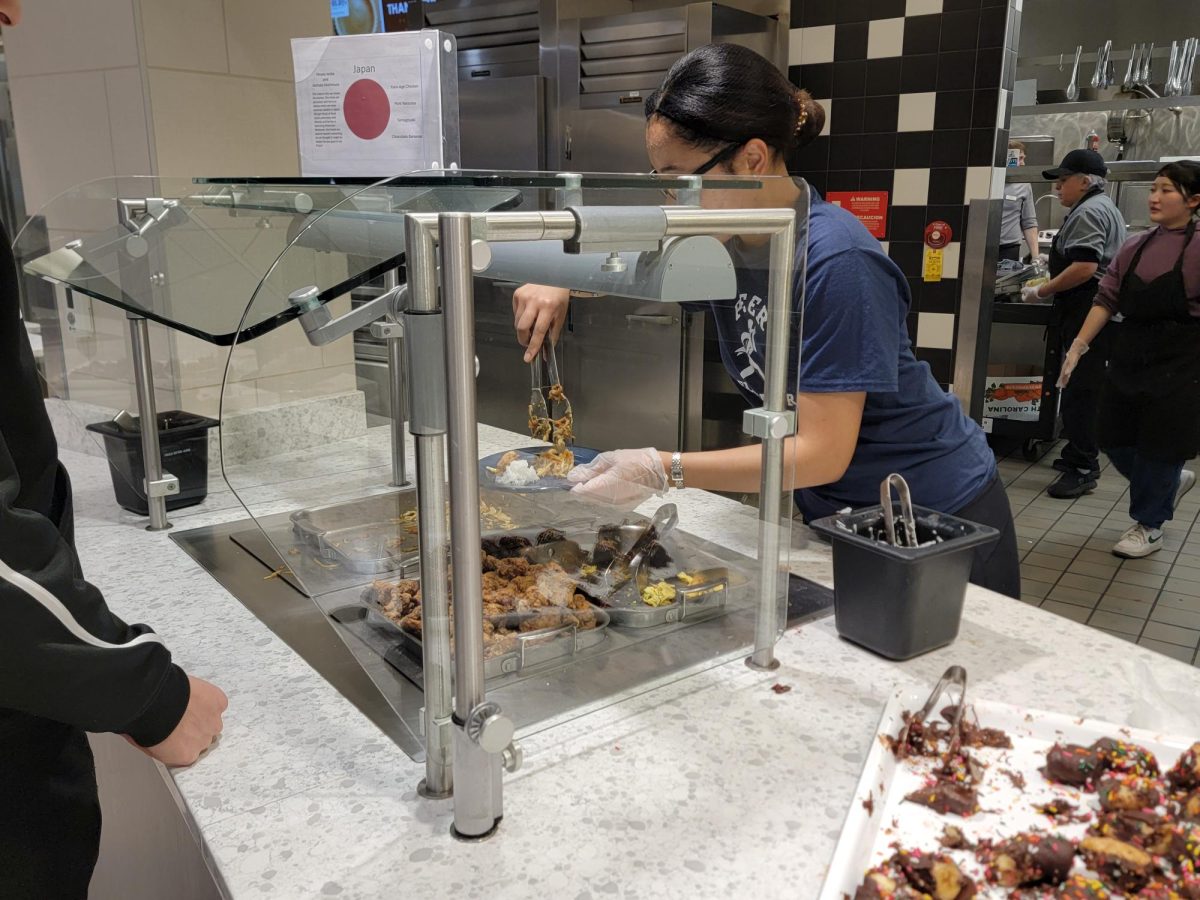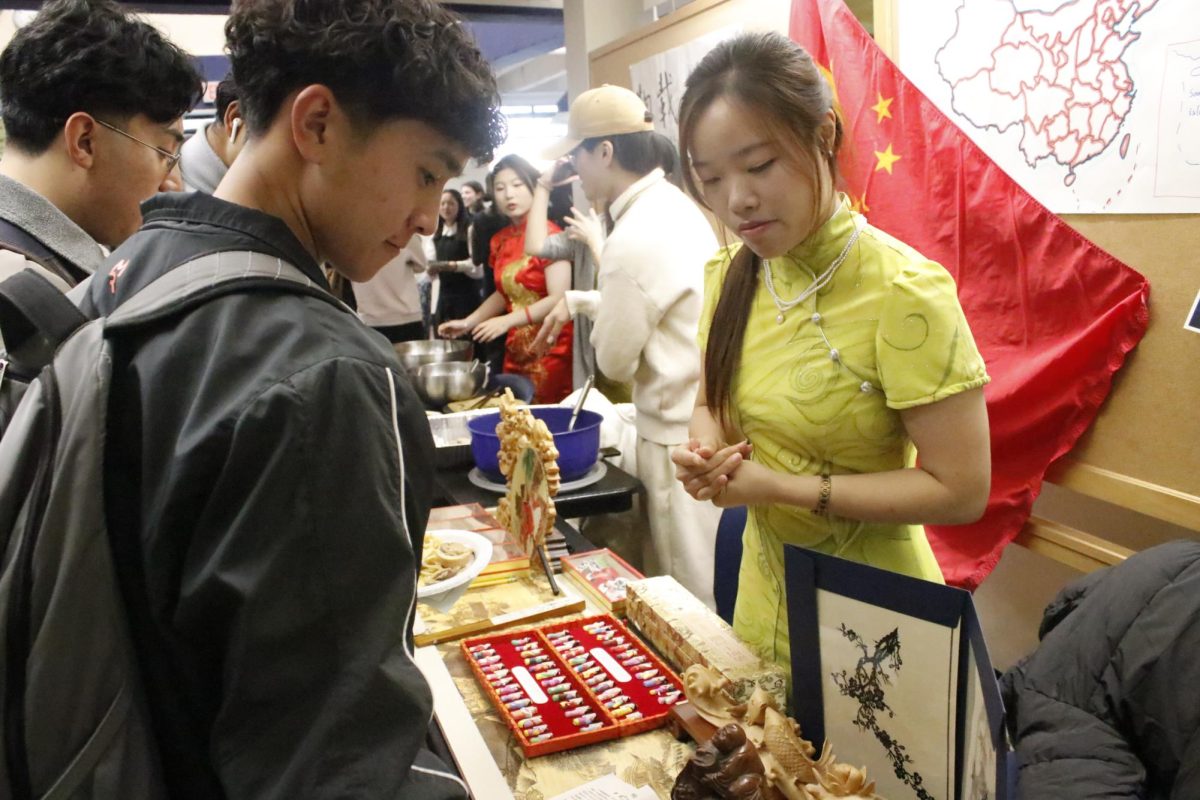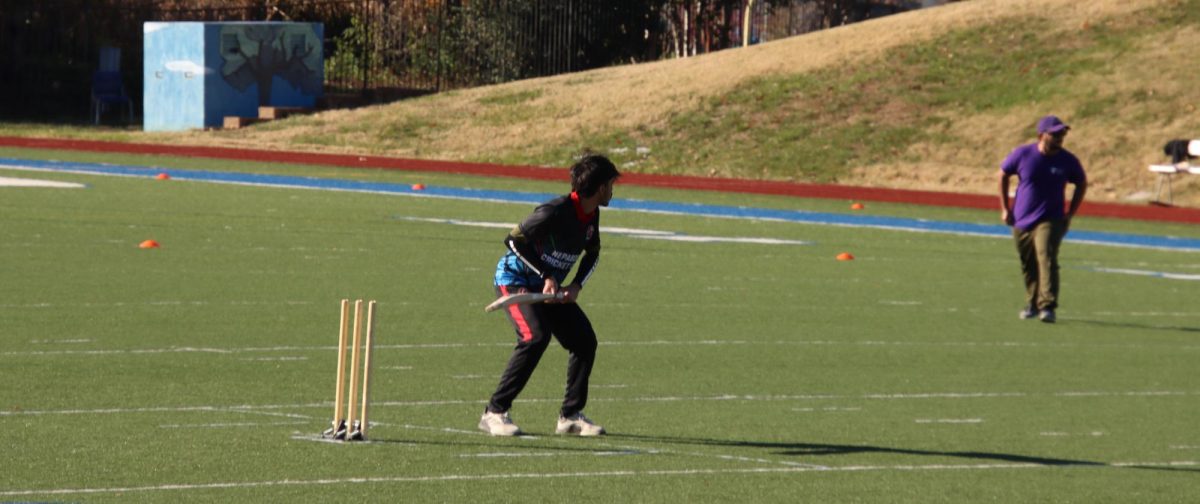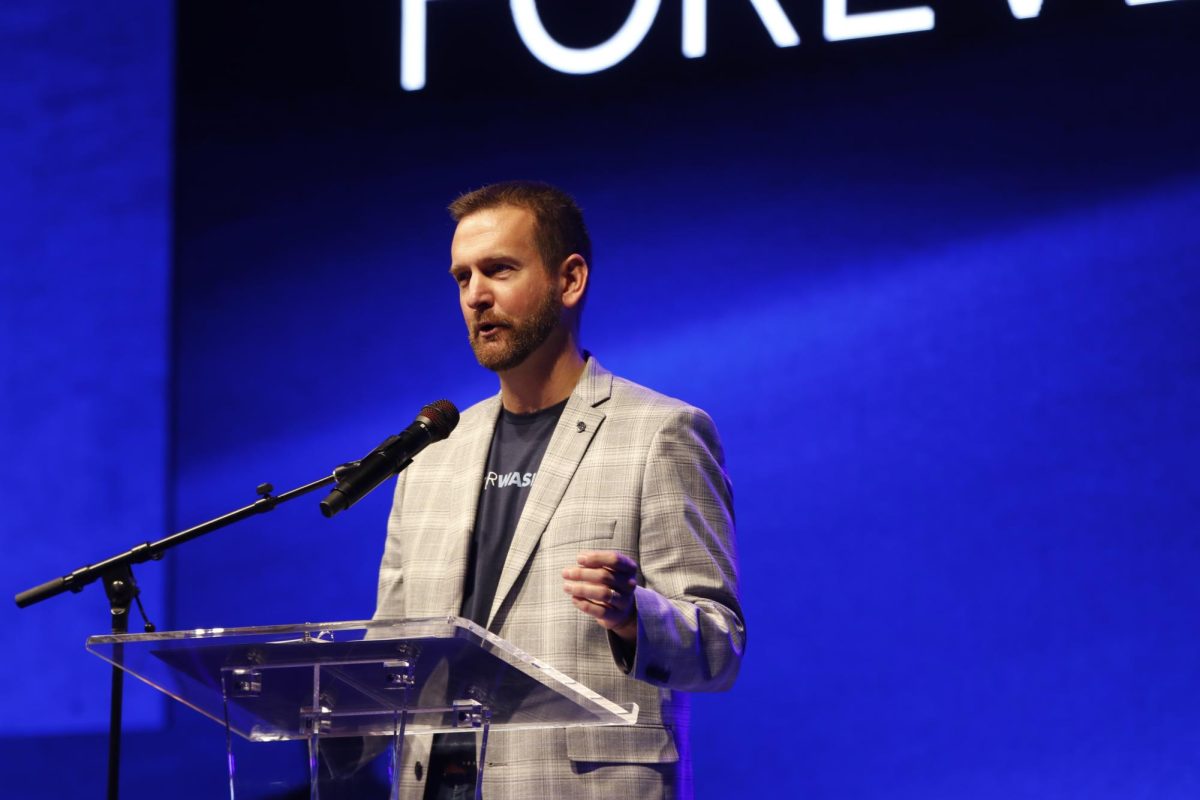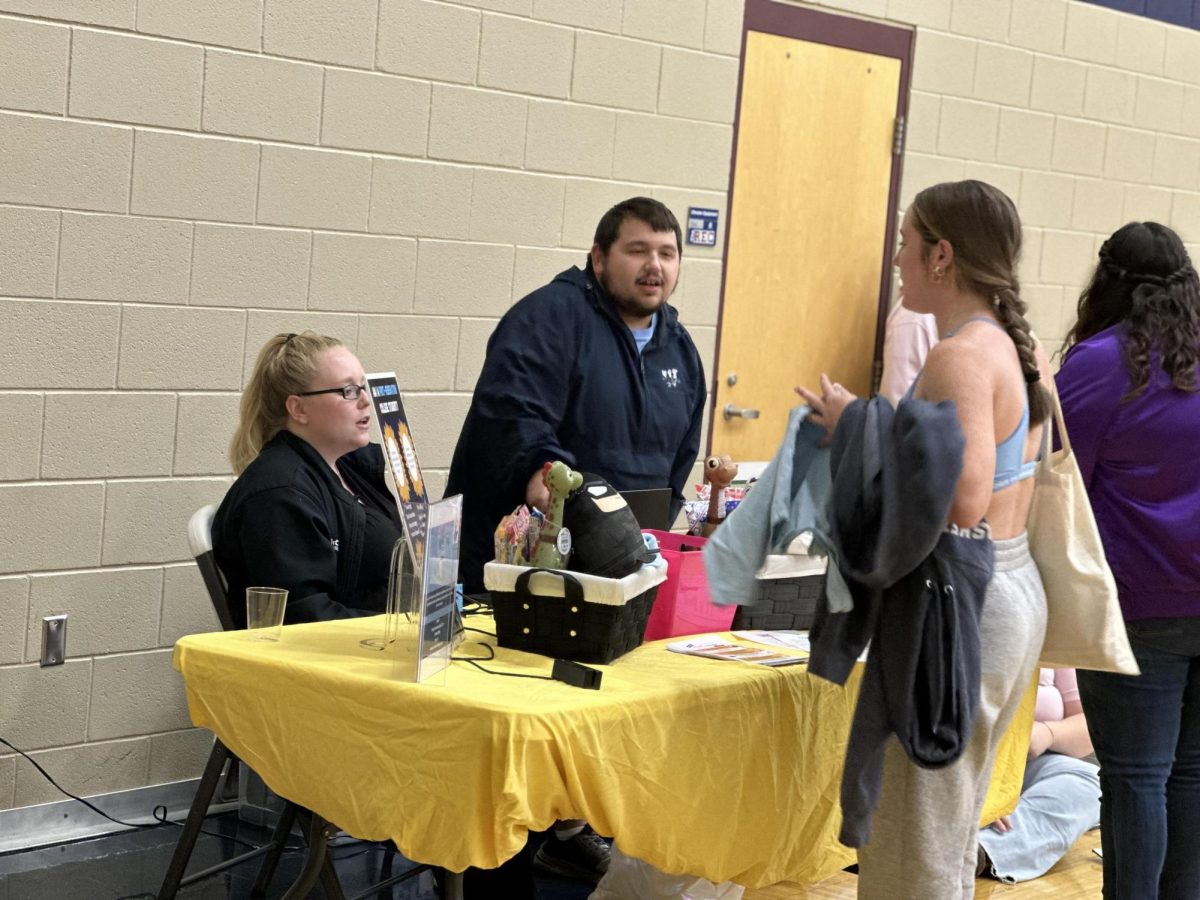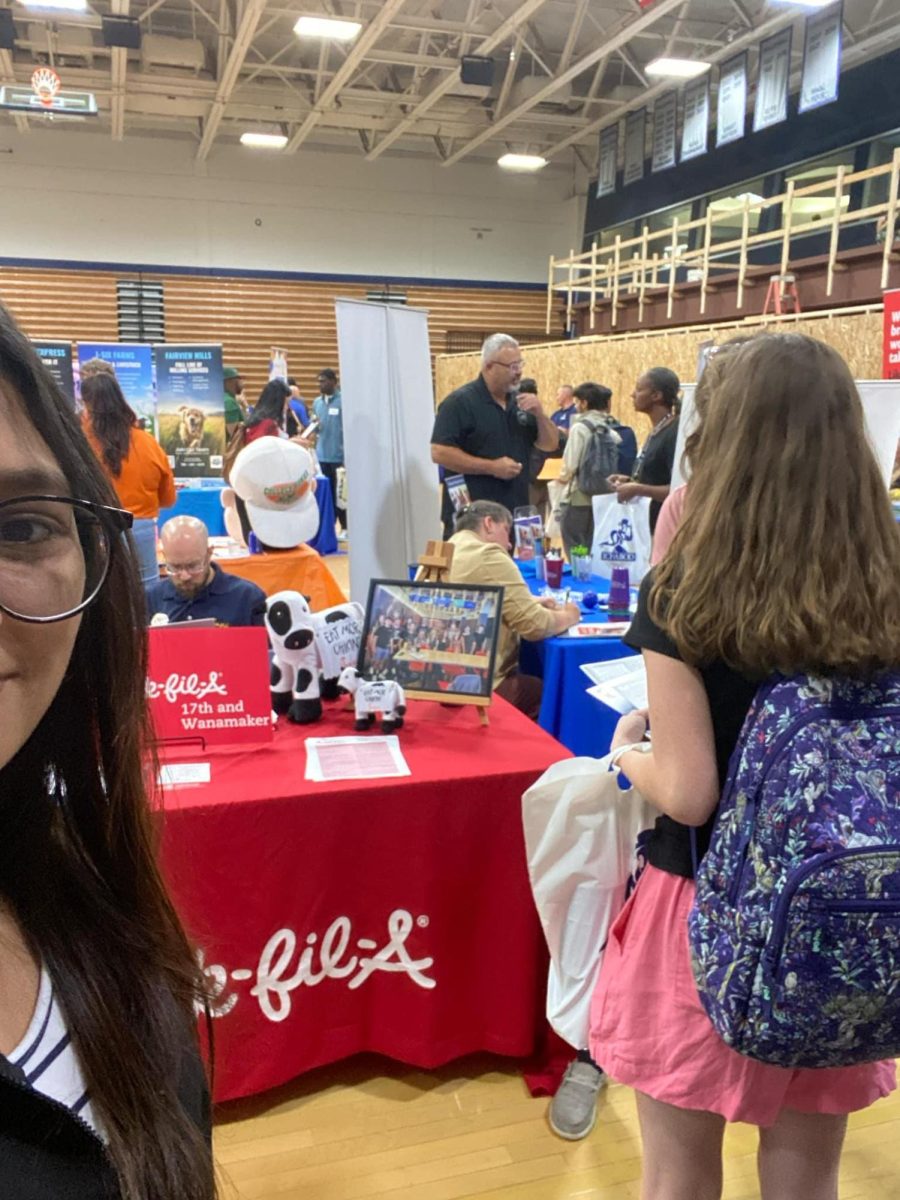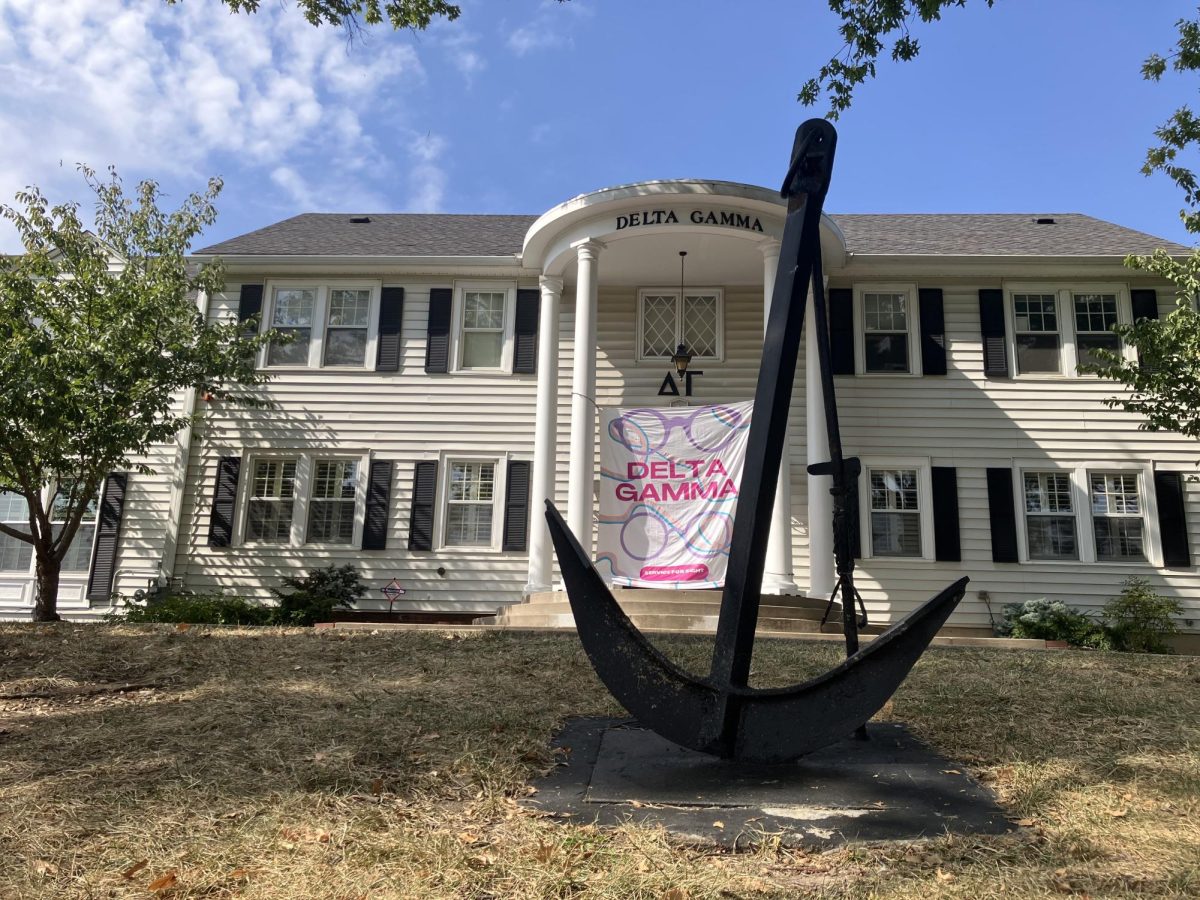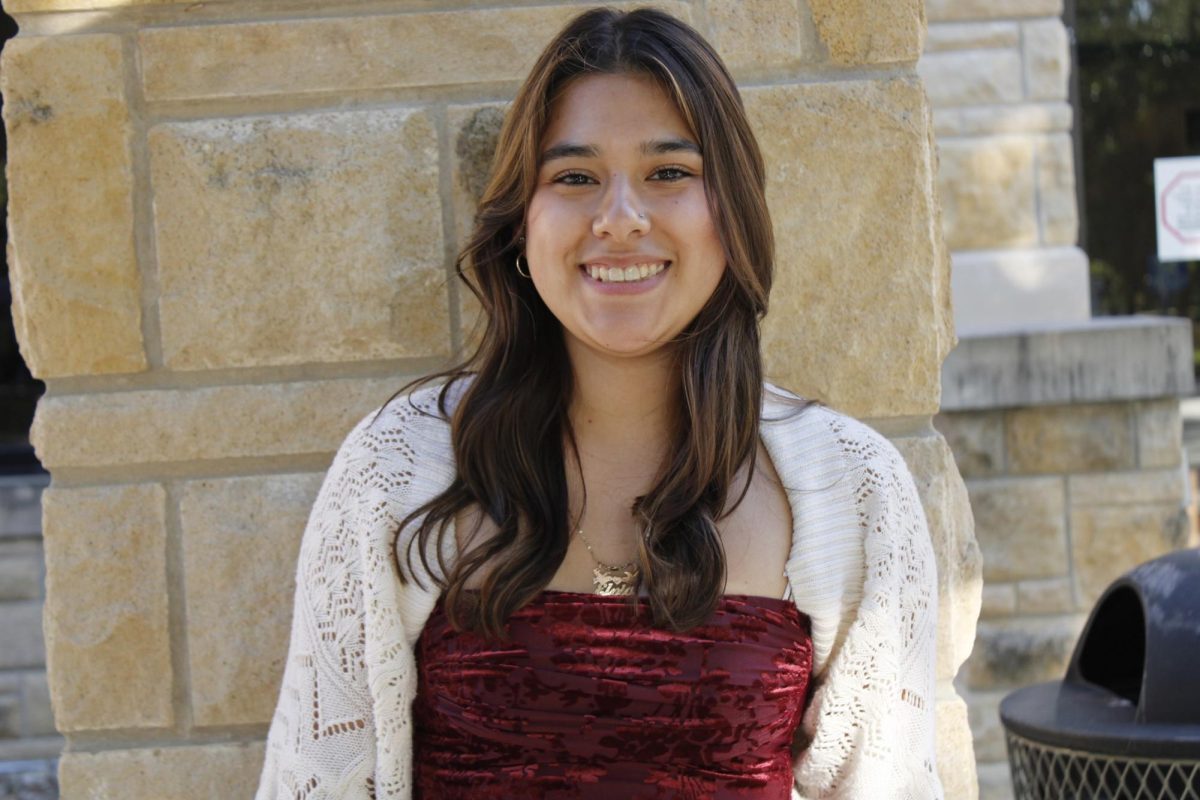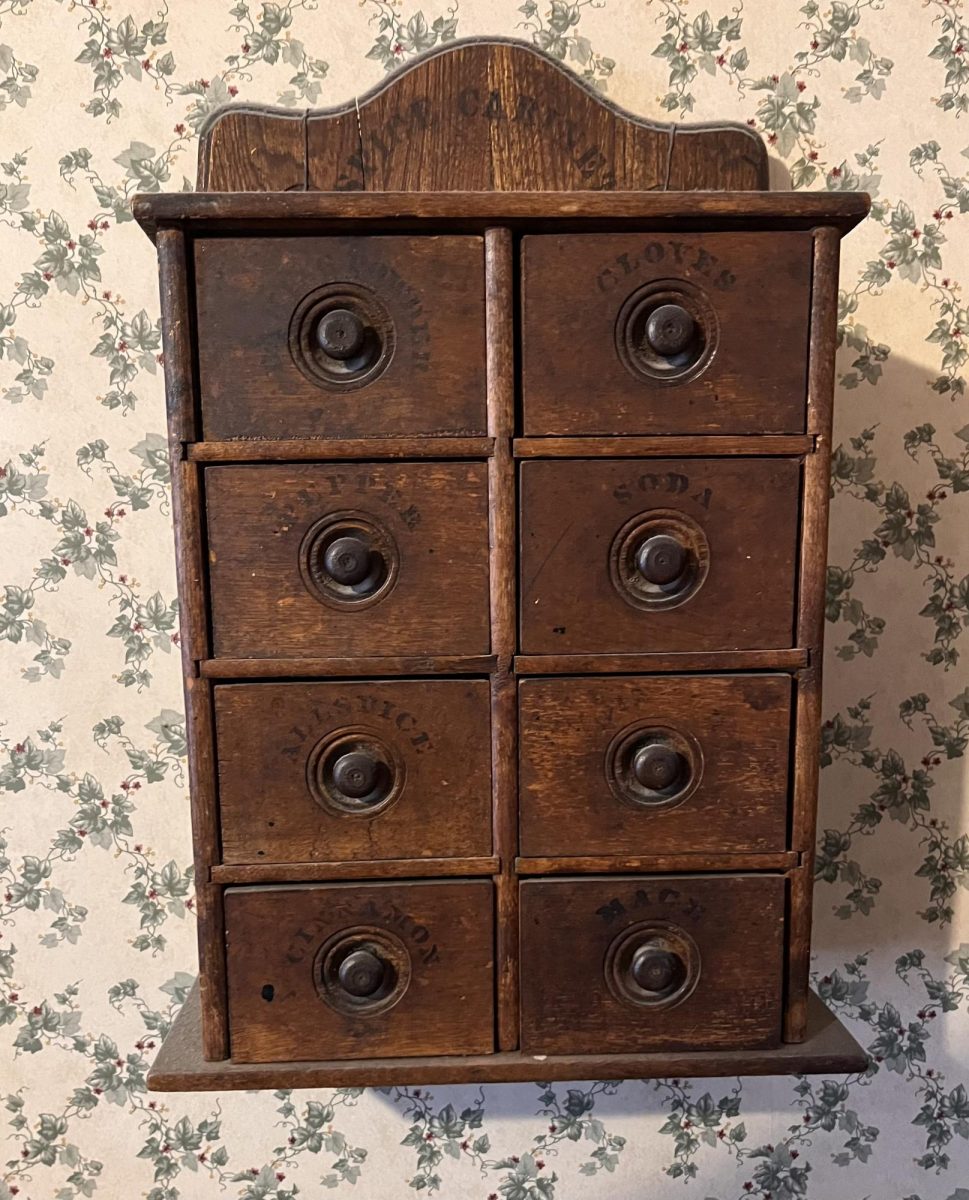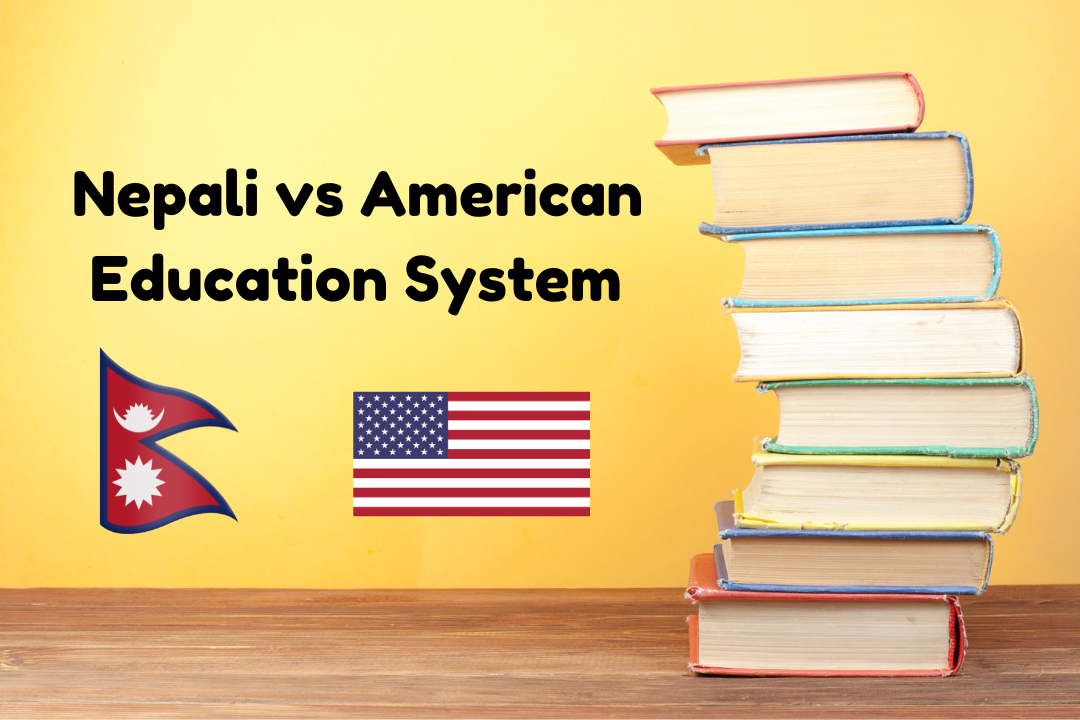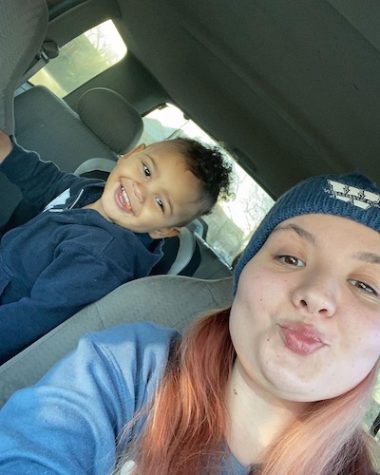Native American and Indigenous Student Alliance is a hidden gem on campus. The organization seeks to reach Indigenous students looking for a home, but have found it quite difficult.
NAISA club president, Kiweke Hubbard, and senior anthropology major, believes this is because of the lack of representation of Indigenous people on campus.
“So NAISA is basically just a way to have Indigenous representation on campus as we’ve been pretty invisible in the past. We hope to share a little bit of our culture with campus and that’s really what we’re about,” Hubbard said.
Hubbard explains that NAISA came about from their experience with the community being invisible on campus. People assumed that seeing an Indigenous person is a rare gem, something that is exciting or surprised that they even existed.
Hubbard believed that is not how a person should be treated since they are all just people. NAISA was born for the community to have a home base.
Danae Camacho, senior anthropology major, spoke on the relationship Washburn has with Indigenous people.
“It’s super important because it could be the start of Washburn finally developing a relationship with not just its Native students, but also with the Native community that surrounds us in Kansas,” Camacho said. “You know, you can’t escape that, and native people exist. It would be nice to have at least a start of representation for the higher education communities.”
Hubbard also expressed that Washburn doesn’t have a relationship with its surrounding Indigenous communities, so the club wants to be inclusive to all students and create a space they can call home.
NAISA meets every second and fourth Friday in Garvey Fine Arts Center, room 218, from 3-4 p.m.
Isaiah Collier, director of Student Involvement, expresses the importance of student organizations.
“They’re super important, they’re vital,” Collier said.
According to Collier student organizations help students transition from highschool to college. Organizations are a way to interact with other peers, create a pathway and form bonds, so that students want to stay at the university.
Collier goes into how important it is to have an organization like NAISA on campus.
“It’s 100% important because an organization like that brings awareness surrounding that culture. It provides the opportunity for faculty, staff and students to learn more about that culture,” Collier said.
The first of the week Monday, Oct. 9 is Indigenous People’s day and NAISA will be hosting a beadworking event during their meeting time. Those who attend can make earrings or pins.
Hubbard expresses that beadwork is an important factor in Native culture, and that it can range from many things, usually involving the use of seed beads to create things like earrings, leggings, pins, also artwork. Hubbard mentioned a local artist, Mona Cliff, who does huge murals on canvases.
“Beadwork is a big part of our culture, like contemporary culture. Beadwork can range from anything from a small pin like we’re gonna make on beadwork night, but it can also range from these big huge pieces that are part of regalia,” Hubbard said. “[…] regalia are the outfits that dancers wear at powwows.”
Hubbard explains that beadwork is also a way to stay connected to the culture and ancestors. Some families even have special designs that are for their families.
Hubbard grew up learning beadwork from their grandpa, they fell out of it for a while but got back into it.
“Beadwork is a good way to start reconnecting and putting two worlds together, beadworking isn’t a native thing anyone can do it,” Hubbard said.
NAISA invites Washburn students and faculty to join them in Garvey Fine Arts Center from 2-5 p.m. in room 218 for the beadworking event making pins or earrings. Come out and learn more about the club and the culture.
Edited by Aja Carter and LeSha’ Davis




